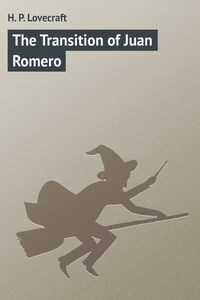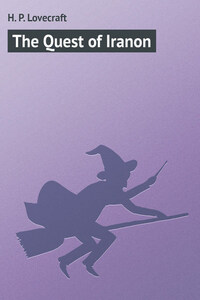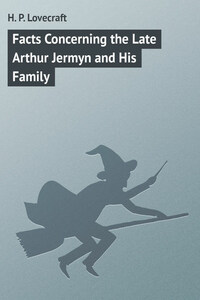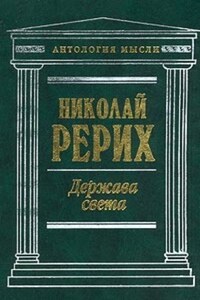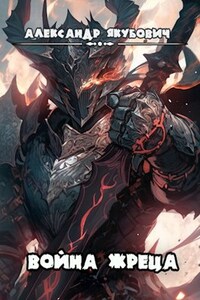The Transition Of Juan Romero
Of the events which took place at the Norton Mine on October eighteenth and nineteenth, 1894, I have no desire to speak. A sense of duty to science is all that impels me to recall, in the last years of my life, scenes and happenings fraught with a terror doubly acute because I cannot wholly define it. But I believe that before I die I should tell what I know of the – shall I say transition – of Juan Romero.
My name and origin need not be related to posterity; in fact, I fancy it is better that they should not be, for when a man suddenly migrates to the States or the Colonies, he leaves his past behind him. Besides, what I once was is not in the least relevant to my narrative; save perhaps the fact that during my service in India I was more at home amongst white-bearded native teachers than amongst my brother – officers. I had delved not a little into odd Eastern lore when overtaken by the calamities which brought about my new life in America’s vast West – a life wherein I found it well to accept a name – my present one – which is very common and carries no meaning.
In the summer and autumn of 1894 I dwelt in the drear expanses of the Cactus Mountains, employed as a common labourer at the celebrated Norton Mine, whose discovery by an aged prospector some years before had turned the surrounding region from a nearly unpeopled waste to a seething cauldron of sordid life. A cavern of gold, lying deep beneath a mountain lake, had enriched its venerable finder beyond his wildest dreams, and now formed the seat of extensive tunneling operations on the part of the corporation to which it had finally been sold. Additional grottoes had been found, and the yield of yellow metal was exceedingly great; so that a mighty and heterogeneous army of miners toiled day and night in the numerous passages and rock hollows. The Superintendent, a Mr. Arthur, often discussed the singularity of the local geological formations; speculating on the probable extent of the chain of caves, and estimating the future of the titanic mining enterprises. He considered the auriferous cavities the result of the action of water, and believed the last of them would soon be opened.
It was not long after my arrival and employment that Juan Romero came to the Norton Mine. One of the large herd of unkempt Mexicans attracted thither from the neighbouring country, he at first attracted attention only because of his features; which though plainly of the Red Indian type, were yet remarkable for their light colour and refined conformation, being vastly unlike those of the average “greaser” or Piute of the locality. It is curious that although he differed so widely from the mass of Hispanicised and tribal Indians, Romero gave not the least impression of Caucasian blood. It was not the Castilian conquistador or the American pioneer, but the ancient and noble Aztec, whom imagination called to view when the silent peon would rise in the early morning and gaze in fascination at the sun as it crept above the eastern hills, meanwhile stretching out his arms to the orb as if in the performance of some rite whose nature he did not himself comprehend. But save for his face, Romero was not in any way suggestive of nobility. Ignorant and dirty, he was at home amongst the other brown-skinned Mexicans; having come (so I was afterward told) from the very lowest sort of surroundings. He had been found as a child in a crude mountain hut, the only survivor of an epidemic which had stalked lethally by. Near the hut, close to a rather unusual rock fissure, had lain two skeletons, newly picked by vultures, and presumably forming the sole remains of his parents. No one recalled their identity, and they were soon forgotten by the many. Indeed, the crumbling of the adobe hut and the closing of the rock-fissure by a subsequent avalanche had helped to efface even the scene from recollection. Reared by a Mexican cattle-thief who had given him his name, Juan differed little from his fellows.
